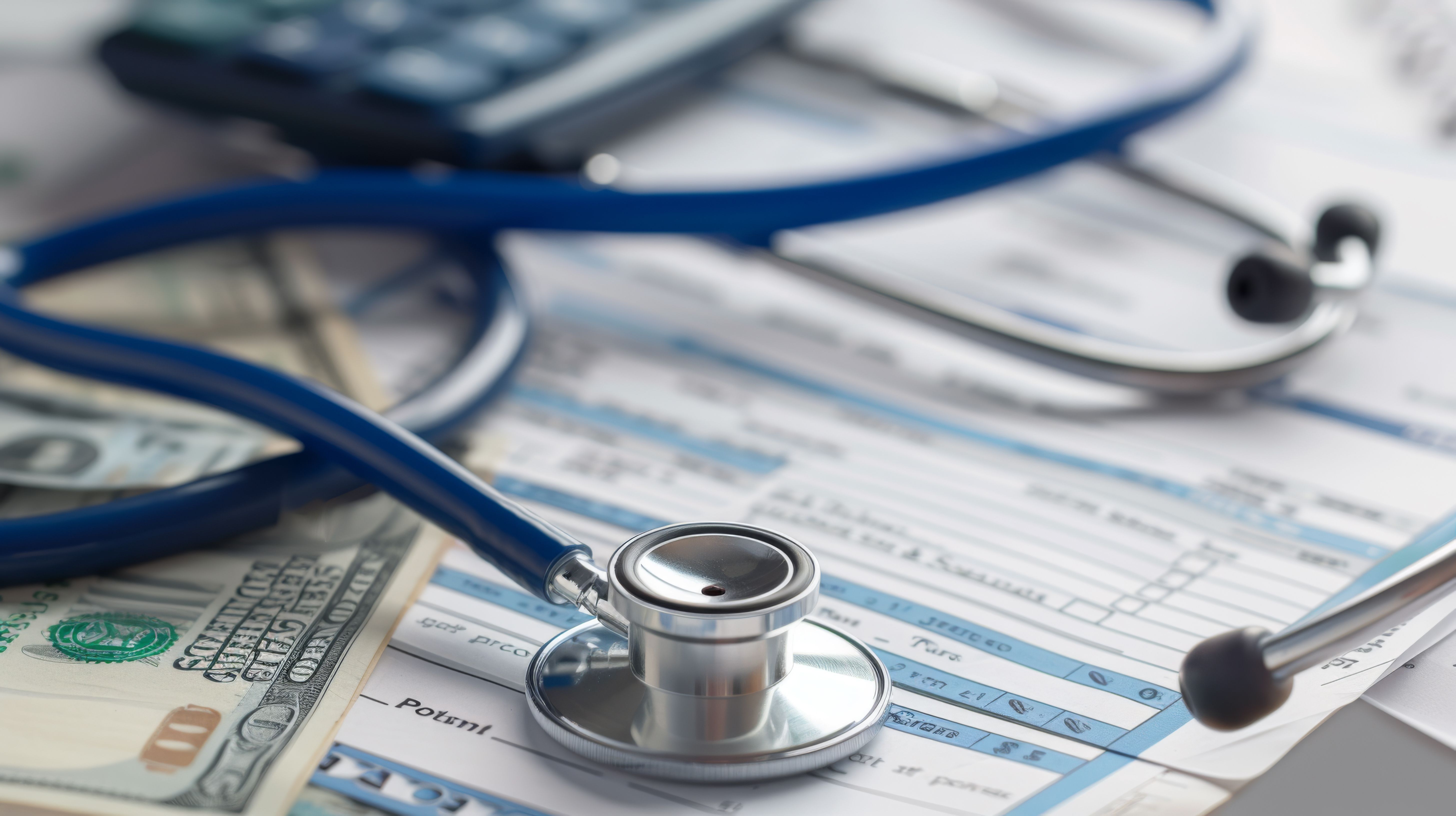- Bone Health
- Immunology
- Hematology
- Respiratory
- Dermatology
- Diabetes
- Gastroenterology
- Neurology
- Oncology
- Ophthalmology
- Rare Disease
- Rheumatology
The Role of Coverage Strategies in Biosimilar Market Impact and Cost Savings
A recent study highlights that although biosimilars have led to significant price reductions, originator products with sole preferred coverage strategies have maintained market share, suggesting that increased biosimilar uptake alone may not fully leverage the market's competitive and cost-saving potential.
Although biosimilar competition has led to significant price reductions across all product families, originator products with sole preferred coverage strategies maintained market share, suggesting that biosimilar uptake alone may not fully capture the competitive dynamics and cost-saving potential of the biosimilar market, according to a recent study.1
The study, published in Health Affairs Scholar, highlights how the introduction of biosimilars has significantly reduced the average sales prices (ASP) of both originator and biosimilar products, regardless of biosimilar market share. The findings suggest that policy efforts, such as promoting biosimilars and monitoring market trends, are crucial for further encouraging biosimilar adoption and sustaining competition in the market.
The results highlight the importance of policy actions, such as advancing biosimilars and keeping a close watch on market dynamics, to further boost biosimilar uptake and ensure sustained market competition. | Image credit: MP Studio - stock.adobe.com

Researchers conducted the study to evaluate the impact of different coverage strategies on market share and pricing of biologics following the introduction of biosimilars, within the framework of the Biologics Price Competition and Innovation Act (BPCIA) of 2009.2 The BPCIA was established to create a regulatory pathway for the approval of biosimilars, with the intention of fostering competition, lowering drug prices, and improving access to biologic therapies in the US. Some estimates suggest that biosimilars could generate $38.4 billion in savings between 2021 and 2025.3
Despite these goals, there has been ongoing debate about whether the increased uptake of biosimilars alone is sufficient to achieve these outcomes. By examining case studies of originator products with varying coverage strategies, the study sought to determine how these strategies influence overall cost savings and whether the current biosimilar market is effectively fulfilling the BPCIA’s objectives of reducing costs and enhancing patient choice.
The study investigated how biosimilars affect payer preferences, market share, and pricing. It analyzed payer preferences from 2017 to 2022 using data from the Tufts Medical Center SPEC database, which covers major US health plans. Market share changes post-biosimilar introduction were assessed using the IQVIA LAAD dataset. Pricing trends were evaluated by comparing market share-weighted ASP before and after biosimilar entry, using CMS ASP data. The study examined 2 strategies: sole preferred coverage, leading to significant price reductions, and non–sole preferred coverage, resulting in moderate price changes. It included 4948 coverage policies for a comprehensive analysis.
In total, 4 originator biologics (Remicade, infliximab; Neulasta, pegfilgrastim; Herceptin, trastuzumab; Neupogen, filgrastim) and 15 corresponding biosimilars were examined. The researchers conducted 3 analyses:
- Payer preference for originators and biosimilars over time
- Market share for originators and biosimilars over time
- Pricing for originators and biosimilars over time
Analysis 1
For products with a sole preferred coverage strategy, such as Remicade (infliximab) and Neulasta (pegfilgrastim), payer preference declined after biosimilars were introduced, but these originators remained preferred more often than their biosimilars. In contrast, Herceptin (trastuzumab) and Neupogen (filgrastim), which had a non–sole preferred coverage strategy, experienced a more significant drop in payer preference, with their biosimilars becoming preferred more frequently by 2022.
Analysis 2
Remicade and Neulasta saw their market shares decrease significantly after their biosimilars were launched, although they remained dominant in their respective drug classes. Herceptin and Neupogen experienced more dramatic declines, with their biosimilars surpassing them in market share within 2 years of their introduction. By the fourth year for trastuzumab and the eighth year for filgrastim, market shares of Herceptin and Neupogen had fallen substantially.
Analysis 3
Originator products with a sole preferred coverage strategy saw a significant decline in market share-weighted ASPs, whereas those with a non–sole preferred strategy maintained higher ASPs. Overall, market share-weighted ASPs for all drug families decreased after the introduction of their first biosimilar, reflecting a broad trend of price reduction in the market.
The study's limitations included not accounting for formulary tiering, reliance on average price data rather than negotiated prices, potential inaccuracies in manufacturer-reported data, and the use of market share data from a broader payer set that may not be generalizable to other payers and plan types.
The authors concluded, “Future research should explore what impact originator price reductions, such as potentially with [the Inflation reduction Act], may have on the viability of investments into new biosimilar development. Policy efforts aimed at regulating prices should also consider the impact on the existing biosimilars market, which is vital to continue realizing the promise of lower costs and better access to biologic products in the United States.”
References
1. LaMountain F, Beinfeld MT, Wong W, Kim E, Chambers JD. Biosimilar underutilization alone does not foretell a broken biologics market. Health Aff Sch. Published online July 17, 2024. doi:10.1093/haschl/qxae090
2. Patient protection and Affordable Care Act, Pub. L. No. 111-148, 42 USC 201 note. 686-703 §7001-7003; 2010. Accessed August 19, 2024. https://www.congress.gov/bill/111th-congress/house-bill/35902
3. Mulcahy A, Buttorff C, Finegold K, et al. Projected US savings from biosimilars, 2021-2025. Am J Manag Care. 2022;28(7):329-335. 10.37765/ajmc.2022.8880
Newsletter
Where clinical, regulatory, and economic perspectives converge—sign up for Center for Biosimilars® emails to get expert insights on emerging treatment paradigms, biosimilar policy, and real-world outcomes that shape patient care.
